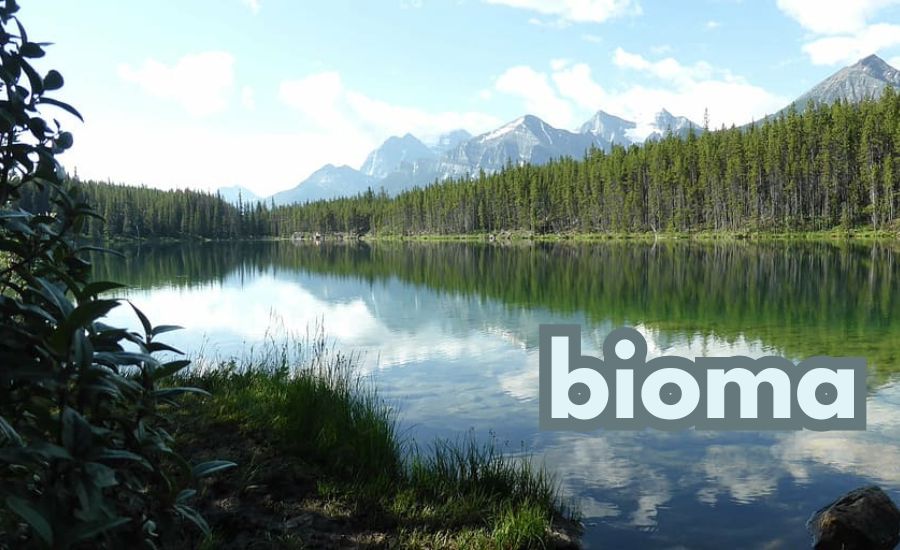Nature is full of surprises, and the concept of bioma is one of its most fascinating aspects. At US NOWADAYS, we believe in providing valuable and unique information that not only educates but also inspires curiosity about the natural world. Whether you’re a student, a nature enthusiast, or just someone curious about ecosystems, this guide will help you understand better than ever.
This article dives deep into the definition, types, and importance of , ensuring you gain more insight than you would from other sources. Let’s explore!
What is a Bioma? The Definition Simplified
A bioma is a large area of land or water that is home to specific plants, animals, and climate conditions. These natural regions support life in unique ways, creating distinct ecosystems across the globe.
Key Characteristics of a Bioma:
Climate Patterns: Each has its unique weather conditions, such as rainforests with heavy rainfall or deserts with extreme dryness.
Biodiversity: Plants and animals in a adapt to its environment, forming a balanced ecosystem.
Global Distribution:like tundras, grasslands, and forests are spread across continents, showcasing nature’s diversity.
The Different Types of Biomas Across the Globe
Tropical Rainforest Biomas
These are the lush green hubs of biodiversity, found near the equator. Rainforests like the Amazon are rich in life and receive heavy rainfall year-round.
- Climate: Hot and humid, with temperatures rarely dropping below 20°C.
- Wildlife: Home to vibrant species like toucans, jaguars, and tree frogs.
- Importance: They produce oxygen, store carbon, and host thousands of species.
Desert Biomas
Deserts are dry, arid regions with little rainfall and specialized life forms.
- Climate: Extremely hot during the day and cold at night.
- Wildlife: Animals like camels, snakes, and desert foxes thrive here.
- Adaptations: Plants like cacti conserve water, while animals are nocturnal to avoid heat.
Aquatic Biomas
These include freshwater ecosystems like rivers and lakes, as well as marine biomes such as oceans.
- Freshwater: Crucial for drinking water and supporting fish species.
- Marine Biomas: Cover 70% of Earth, contributing to global oxygen production through phytoplankton.
Why Are Biomas Important for Life on Earth?
Climate Regulation
Biomas play a vital role in balancing Earth’s climate. For example, forests absorb carbon dioxide, reducing the effects of global warming.

Source of Resources
From food to medicines, provide essential resources for human survival.
Supporting Biodiversity
Each is a treasure trove of unique plants and animals that maintain ecological balance.
Read Next: Bliss road
Threats to Biomas: What’s at Stake?
face numerous challenges due to human activity and natural causes.
Deforestation: Forests are cleared for agriculture and urbanization.
Climate Change: Rising temperatures disrupt ecosystems.
Pollution: Water bodies and land are polluted, harming wildlife.
How Can We Protect? Simple Tips to Contribute
Support Reforestation: Plant trees and protect forests.
Reduce Carbon Footprint: Use renewable energy and eco-friendly practices.
Promote Conservation Efforts: Support organizations that work to preserve.

Conclusion
Understanding and protecting is crucial for the survival of life on Earth. At US NOWADAYS, we encourage everyone to take steps to preserve these incredible ecosystems for future generations. By learning about and taking action, we can make a positive impact on the environment.
FAQs
Q: What is a bioma?
A: A bioma is a natural region with specific plants, animals, and climate conditions.
Q: How many types of exist?
A: There are several types, including tropical rainforests, deserts, grasslands, tundras, and aquatic.
Q: Why are important?
A: They regulate the climate, support biodiversity, and provide resources like food and medicine.
Q: How can I help protect?
A: You can plant trees, reduce pollution, and support conservation efforts.
Explore the Latest Blogs on: US Now A DAYS










